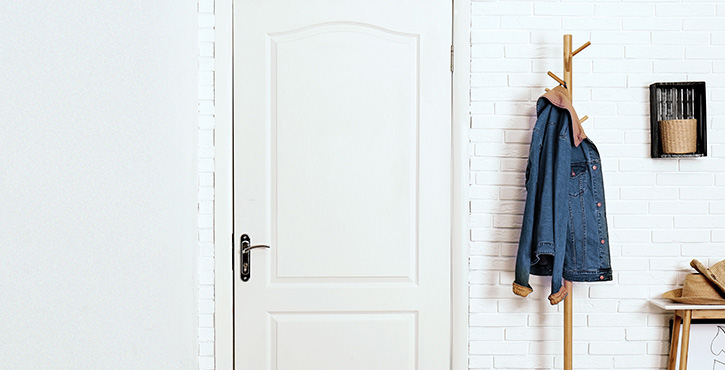In collaboration with belairdirect
Although everyone enjoys having hot water whenever they want it, we often overlook the device that provides it. Usually located out of sight, in the basement or in a closet, your hot water tank works constantly, which means it also wears out constantly.
The options
There are several tank manufacturers but there are also several types of devices. The most common is undoubtedly the electrically- powered tank. There are also appliances that run on natural gas and are mainly used in commercial buildings (apartment buildings, condominium buildings, businesses, etc.). More recently, tankless, or instantaneous devices have appeared. However, the latter come with certain restrictions: they require more demanding maintenance and struggle to meet the demands of a family of four whose showers, dishwashers, and washing machines are often constantly in motion.
The quality of the selected device is also important. A double-fired appliance will better resist corrosion. You also want to pay attention to the positioning of the cold water inlet. The unit will perform better when the inlet is placed at the bottom of the device rather than next to the hot water outlet. In fact, when the water enters the bottom of the device, it slowly circulates upwards and will be heated gradually and more evenly.
As for the size of the device, it all depends on your needs. A couple can easily meet their needs with a 40-gallon unit, but if you add two children into the mix, it would be better to opt for a 60-gallon tank. As already mentioned, instantaneous water heaters would be less suitable for a family, unless you have several devices that serve different areas of your home.
The upkeep
Although a tank typically wears out because of how much it’s used, other factors can also reduce its lifespan. The quality or hardness of the water in the location where the tank is placed can affect it. For example, a device installed in an unfinished basement, directly on the concrete, will have faster corrosion on its outer casing than if it was place elsewhere.
Certain measures can be taken to increase a hot water tank’s longevity. The manufacturers recommend draining the device periodically (see the specifications of each manufacturer), and the anode should be replaced approximately every 3 or 4 years. Since it captures the ions which cause the corrosion of the tank, the anode deteriorates instead of the tank wall. When it is completely destroyed, the anode no longer protects the tank wall. The tank can also be placed on a circular rubber mat to protect it from direct contact with the concrete (these mats are sold at hardware centres).
Prevention
In addition to the maintenance of elements that affect the device itself, one can also use preventive measures against leaks. It is now common practice to install a drip tray under the heaters. Ideally the tray should be connected to a nearby drain. In this way, if a leak occurs, the water within the tank can flow directly into the drain, thanks to the hookup. If there is no hookup to a drain, you can opt for a leak detector. These devices can detect the presence of water on the ground. You can also place the device in the tray, so that the presence of water can be detected before it overflows. Detectors can be individual battery-operated devices or part of a larger system that can include a water shut-off system that will shut off the water supply to prevent an even larger leak.
In conclusion
A hot water tank, in an ideal world, has a lifespan of 10 to 12 years before entering the “at risk” zone. However, this timeframe cannot be guaranteed. Certain factors can affect the life of the device. Proper maintenance and preventive measures can, at a reasonable cost, save many headaches and inconveniences related to a leak or a broken water heater.
A leaking appliance in an unfinished basement with a nearby drain may not cause major damage. However, when a tank installed on the 6th floor of a building leaks while the occupants are away for the day or more, a significant amount of damage can be caused to the unit itself and to the floors below.
Your hot water tank deserves your attention. Protecting your tank and properly maintaining it, can save you (and maybe even your neighbours) plenty of headaches.




